The BLM’s final revised sage grouse conservation plans will play a major role in determining the future of the sagebrush ecosystem, which supports more than 350 species
UPDATE: On October 16, 2019, U.S. District Court Judge B. Lynn Winmill ruled that the Bureau of Land Management failed to fully analyze how sage grouse would be affected by changes in the land-use plan amendments finalized in March 2019. The TRCP and several partner organizations supported some targeted changes when the administration announced re-opening the plans, but cautioned against a major overhaul.
The preliminary injunction blocks the BLM from implementing the 2019 amended plans and reverts management actions back to the 2015 conservation plans that convinced the U.S. Fish and Wildlife Service not to list the bird for Endangered Species Act protections. Activities like oil and gas development can proceed while this injunction is in place, but projects must comply with all directives of the 2015 BLM plans, including prioritizing areas outside sage-grouse habitat for development.
Since the Trump Administration decided to revamp conservation plans in 2016, leasing in sage grouse priority habitat has increased tenfold. Although the injunction does not invalidate lease sales made during this period, it certainly opens them to legal challenges.
Read on for the original post on the revised BLM plans.
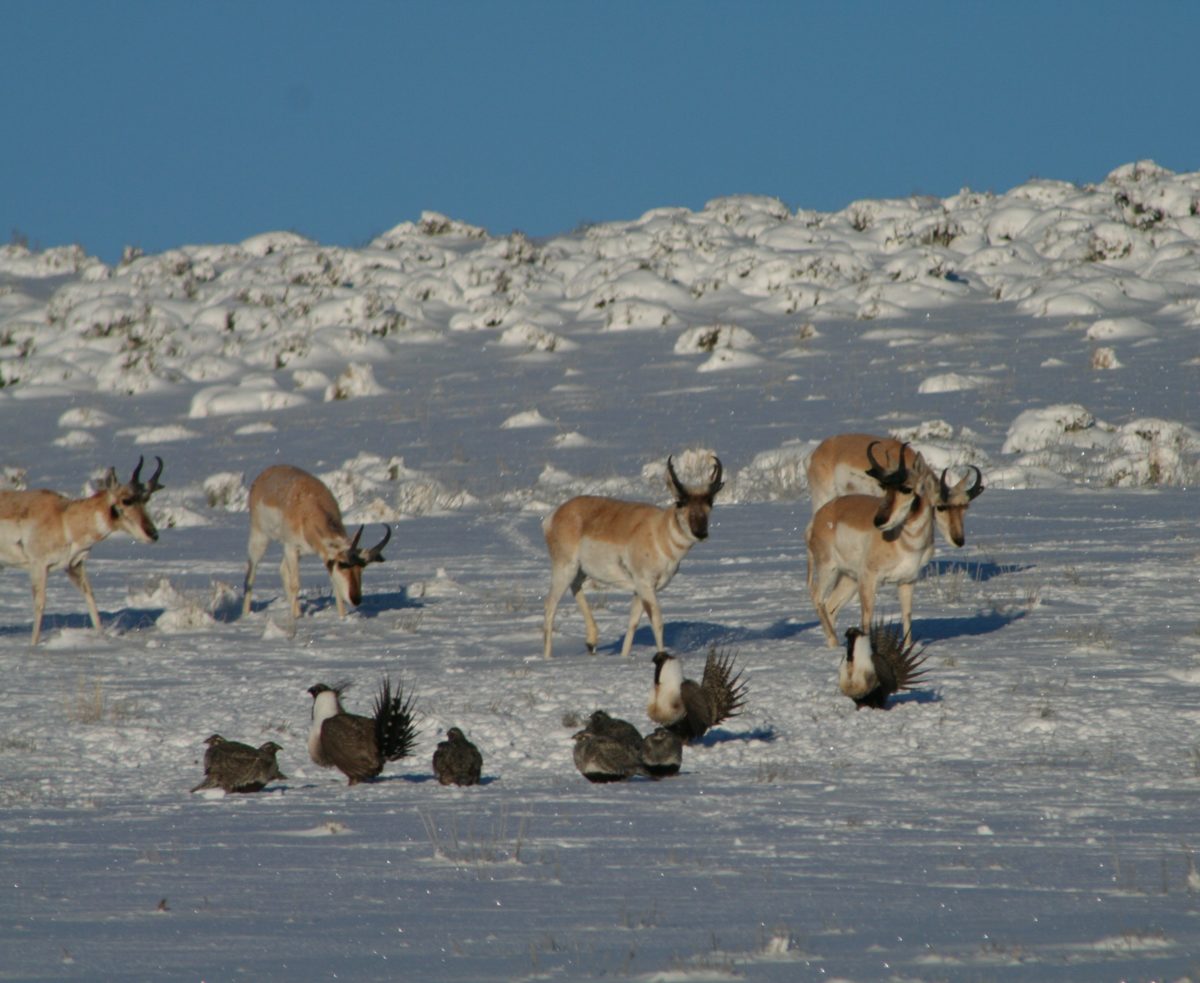
The Bureau of Land Management has finalized its revised plans to conserve greater sage grouse populations across millions of acres of public land in several Western states. The administration’s approach replaces previous BLM plans, which helped to give the U.S. Fish and Wildlife Service confidence that the species did not warrant listing as threatened or endangered in 2015.
While the state-specific plans maintain the basic framework of the originals, which were created through years of collaborative effort, the new plans do not provide the same safeguards for certain sagebrush habitats. There is more potential for development and mineral extraction within sage grouse habitat in the new plans. Combined with the Department of Interior’s policy shift on mitigation, this could be cause for concern.
“The finalized plans are a mixed bag, with some changes addressing legitimate requests from the states to help align with their conservation approaches and other changes stripping back protections for core sage grouse habitat and creating more uncertainty for the West,” says Whit Fosburgh, president and CEO of the Theodore Roosevelt Conservation Partnership. “Success will ultimately come down to implementing these new plans and never wavering from an approach that produces positive results for sage grouse habitat and populations. We will continue working with the BLM, Western states, industry, and local partners to ensure that happens.”
The final plans eliminate focal areas, a subset of about 11 million acres of priority habitat on BLM land that would have been permanently withdrawn from any potential mineral extraction in the 2015 plans. The original no-surface occupancy policy remains—meaning infrastructure for development cannot be built on priority habitat—but the revised plans also give the BLM more flexibility to waive these protections in certain cases.
The previous plans also more clearly steered oil and gas leasing away from the best sage grouse habitat, but now the BLM is offering extensive tracts of priority habitat to willing buyers at a rapid pace rather than favoring non-habitat areas.
“We’ve seen a dramatic shift away from prioritizing energy leasing away from the best habitat and are now witnessing leasing of some of the very best remaining tracks of unfragmented land,” says Dr. Ed Arnett, chief scientist for the Theodore Roosevelt Conservation Partnership. “We realize that leasing does not equate to development, and operators still must abide by stipulations for priority habitat, but it just makes good sense to steer disturbance toward non-habitat or stagger the timing of development in and around grouse habitat.”
Mitigation also remains a sticking point, now that the Department of the Interior maintains that it lacks legal authority to require developers to pay for any negative impacts to habitat. (Quick tip: Here’s a metaphor that helps explain mitigation using beer!) This shifts the onus of regulation to the individual states, each of which has different mitigation standards and legal requirements. The states now must ensure their mitigation approaches are not only effective at curbing habitat loss, but also at holding all developers accountable on a level playing field.
“Mitigation was a fundamental component of the 2015 plans that helped reach the not warranted decision,” says Steve Belinda, executive director of the North American Grouse Partnership. “Without offsetting unforeseen or unavoidable impacts – it’s loss of habitat over time, plain and simple.”
It will be important to move forward swiftly with implementation of these new plans to conserve sagebrush habitat and begin tracking the effectiveness of conservation measures.
“Whatever approach we take, the outcome for sage grouse and sagebrush habitat will need to be legally defensible,” says Dr. Steve Williams, president of the Wildlife Management Institute and former director of the U.S. Fish and Wildlife Service. “If there is not enough regulatory certainty, if there is too much flexibility leading to negative impacts on habitat, and it is determined that our actions were not effective, we may end up facing a legal challenge deeper than the one we started from years ago. At that point, it’s difficult to see a future where sage grouse aren’t reconsidered for listing.”
The U.S. Forest Service continues to finalize its own amendments to eight forest plans dealing with sage grouse conservation in the West. The public comment period for proposed amendments closed on January 3, 2019, and the final revisions will be out in the coming months.
Photo by Jennifer Strickland, USFWS
This blog was originally posted on March 15, 2019, and was updated on October 23, 2019.

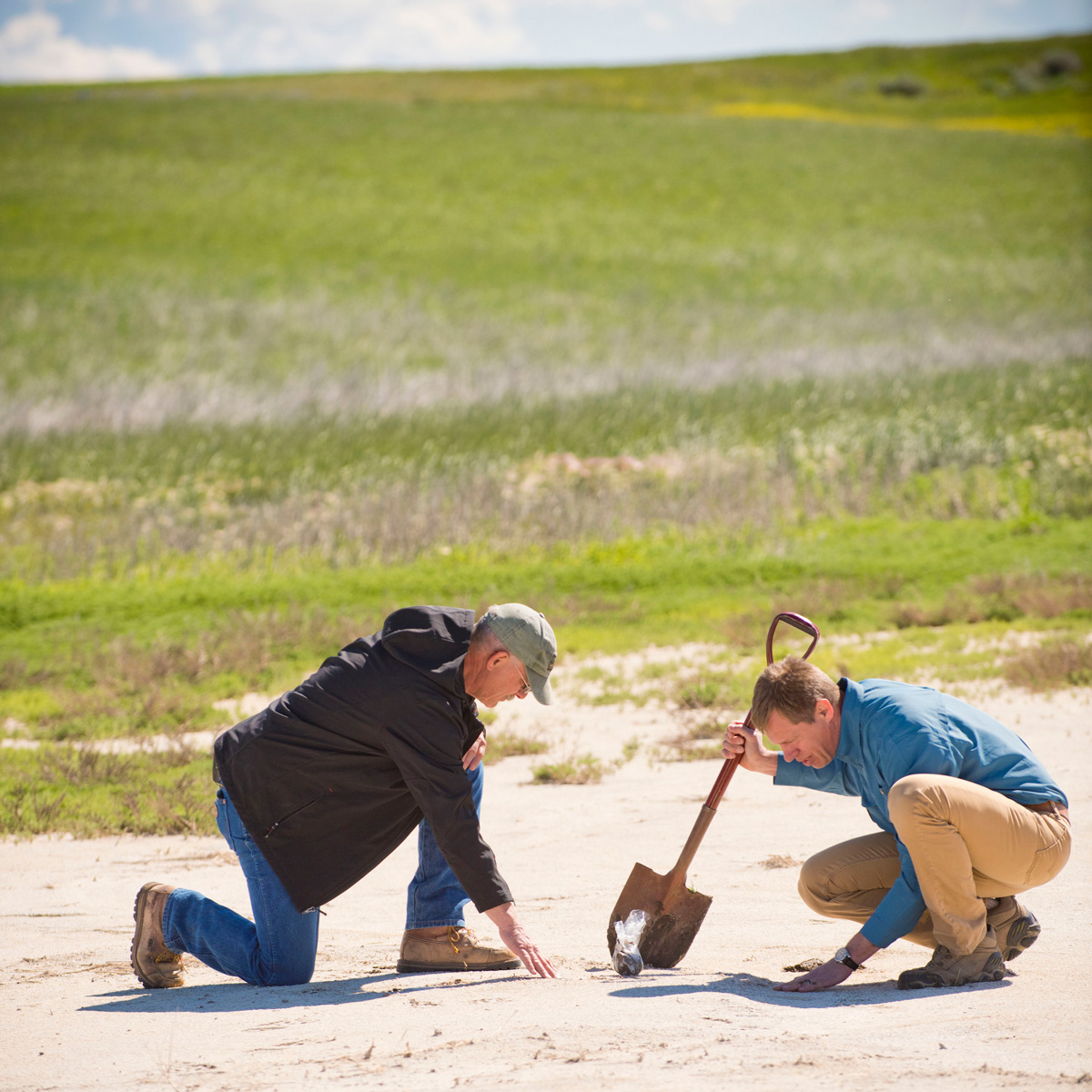
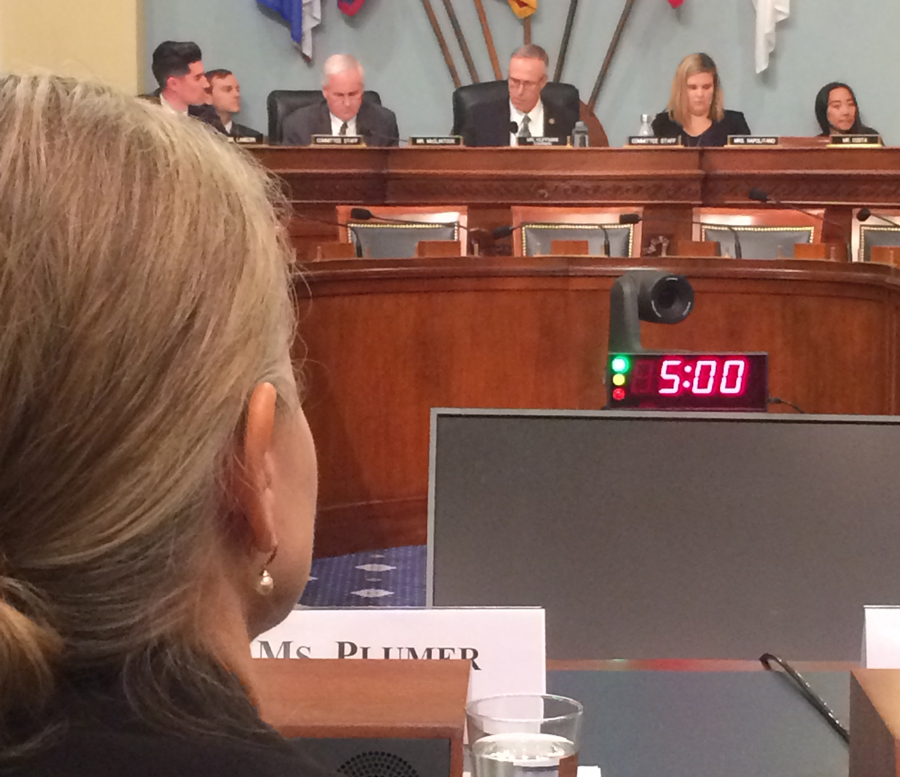
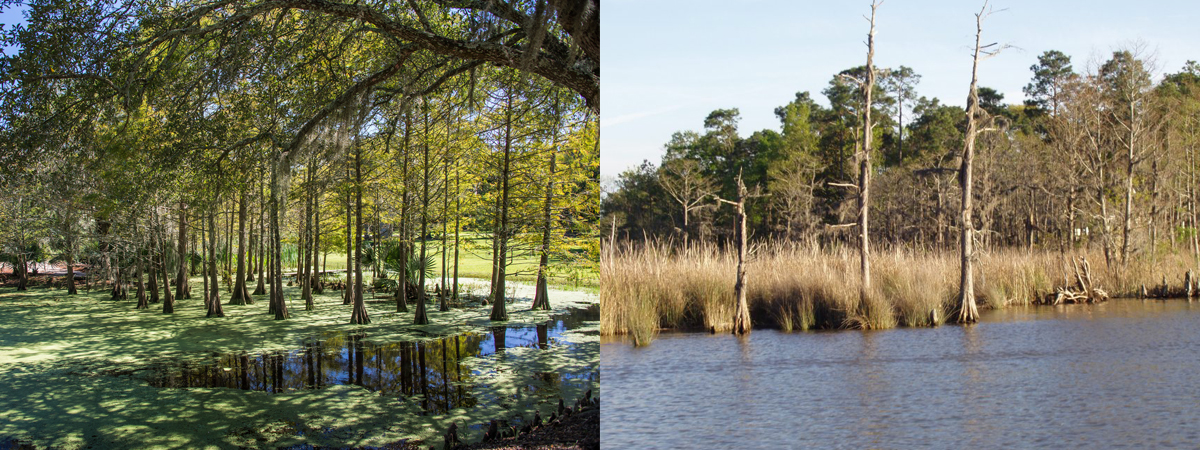
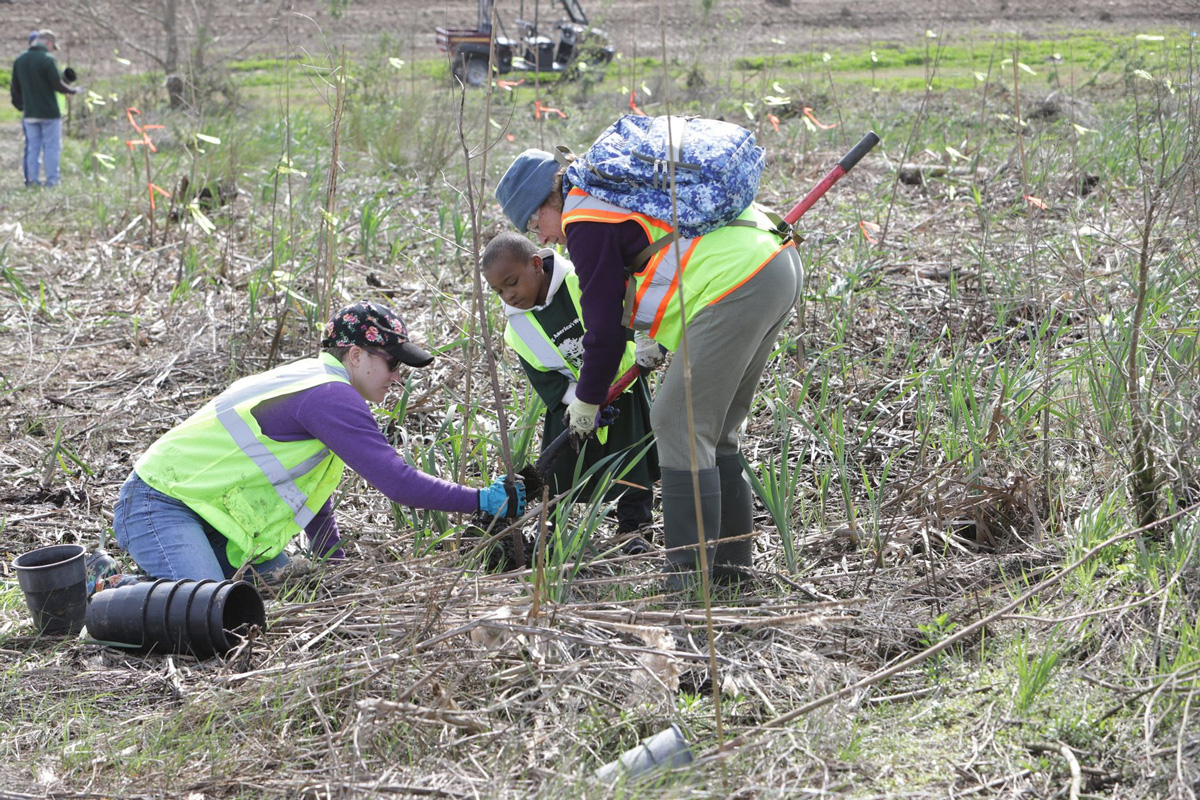




The majority of problem is not with oil and gas exploration, it is with habitat fragmentation caused from urban sprawl, 10-20 acre ranchettes and rural subdivisions. Oil drilling is usually a short duration impact with minor disturbance from pumping facilities, but once a house or housing development becomes established they will never be demolished and surrounding lands and roads reclaimed. It is easier to blame oil and gas or mineral/non-mineral extraction operations for the loss in habitat than to try and pass any legislation to limit what a landowner can do with their own property. Research into alternate fuel sources for automobiles should be a priority. If demand goes down so would exploration. People are selfish and are not going to stop driving, no matter what the environmental costs will be. Wind and solar energy has it’s own short and long-term impacts to habitat and wildlife as well and is not a viable nor economical solution.